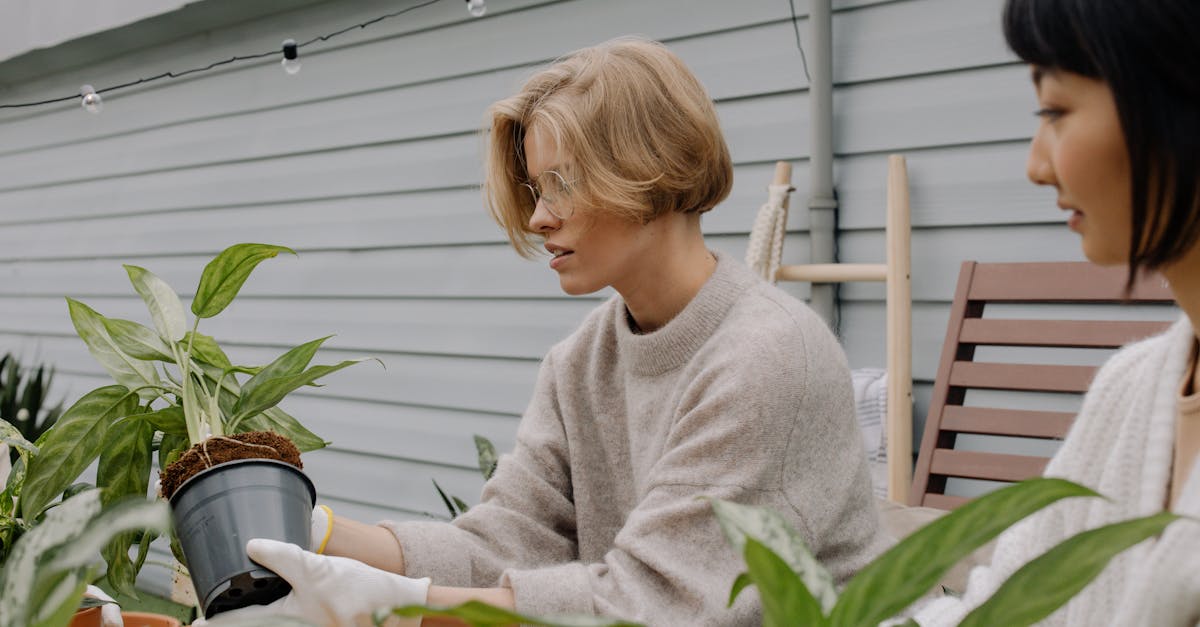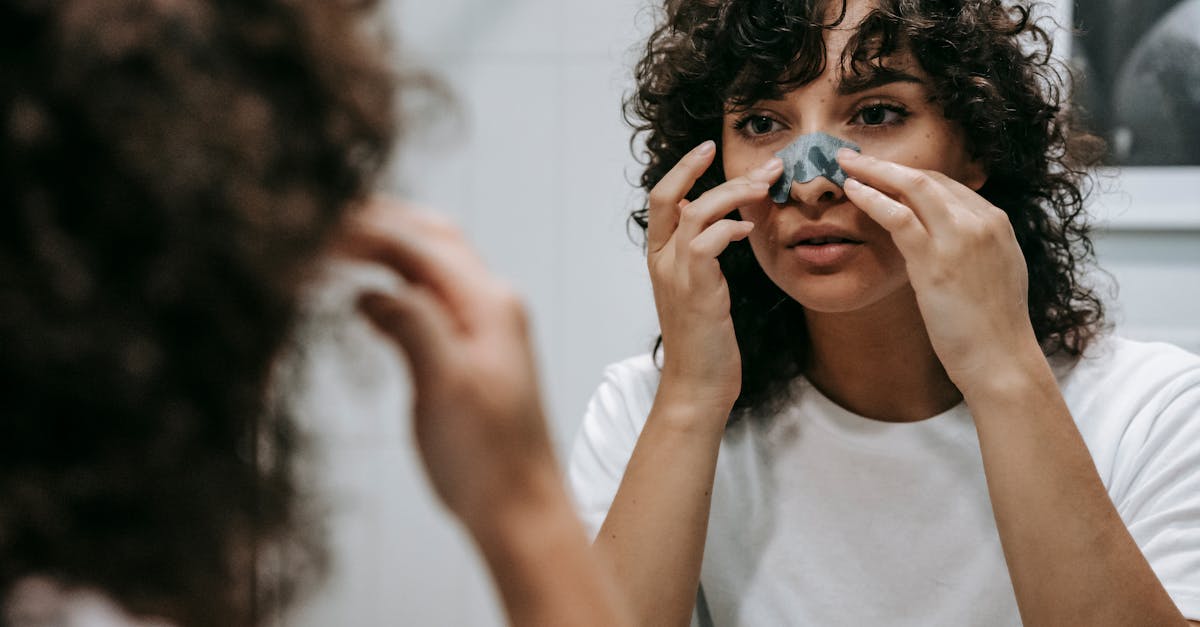Looking to spruce up our indoor garden? Clay pebbles are a fantastic addition, but keeping them clean is key to maintaining a healthy environment for our plants.
In this text, we’ll jump into the important steps on how to clean clay pebbles effectively.
From why it’s important to the best methods for getting the job done, we’ve got you covered.
Let’s ensure our plants thrive in a clean and nourishing setting with these simple cleaning tips.
Key Takeaways
- Cleaning clay pebbles is essential for maintaining a healthy indoor garden environment.
- Dirty pebbles can lead to mold growth and pest infestations, impacting plant health negatively.
- Necessary tools for cleaning include a strainer, container, water, vinegar/hydrogen peroxide, and gloves.
- Cleaning steps involve rinsing, soaking, scrubbing, rinsing again, and allowing pebbles to air dry.
- Regular rinsing, periodic disinfection, and proper drying are key tips for maintaining clean clay pebbles.

Importance of Cleaning Clay Pebbles
When it comes to indoor gardening, clean clay pebbles are critical for plant health. By regularly cleaning the pebbles, we remove debris and prevent clogging, ensuring optimal water drainage and nutrient absorption for our beloved plants.
Dirty clay pebbles can lead to mold growth and pest infestations, creating an unhealthy environment for your indoor garden. By maintaining cleanliness, we support the and so well-being of our plants, helping them to thrive and grow abundantly.
To learn more about the significance of cleaning clay pebbles and how it impacts your indoor garden, check out this informative article on GardeningKnowHow.com.
Tools and Materials Needed
When cleaning clay pebbles, it’s important to have the right tools and materials on hand. Here’s what we recommend for this task:
- A strainer: Use a fine-mesh strainer to rinse and separate the pebbles from debris easily.
- A bucket or container: This is for soaking and rinsing the pebbles thoroughly.
- Water: Clean, fresh water is critical for washing away dirt and impurities from the pebbles.
- Vinegar or hydrogen peroxide: These options can help disinfect the pebbles and prevent mold growth.
- Gloves: Protect your hands from dirt and chemicals during the cleaning process.
Don’t worry if you don’t have all of these items; improvisation is possible. But having these tools can make the cleaning process much more manageable and effective.
For more detailed insights on selecting the right tools and materials for cleaning clay pebbles, check out this informative resource on Gardener’s World.

Step-by-Step Guide to Cleaning Clay Pebbbles
When cleaning clay pebbles, follow these simple steps:
- Rinse: Start by rinsing the pebbles thoroughly with water to remove any debris or dirt.
- Soak: Next, soak the pebbles in a solution of water and either vinegar or hydrogen peroxide for disinfection.
- Scrub: Use a brush or your hands to scrub the pebbles gently and ensure all surfaces are clean.
- Rinse Again: After scrubbing, rinse the pebbles one more time to remove any residue.
- Dry: Finally, let the pebbles air dry completely before using them again in your indoor garden.
For more detailed guidance and tips on cleaning clay pebbles, refer to this resource on Gardener’s World.
That’s it! You’re now ready to keep your clay pebbles clean and your indoor plants thriving.
Tips for Maintaining Clean Clay Pebbles
Taking care of our clay pebbles ensures a healthy environment for our indoor plants. Here are some simple tips to keep them clean and in top condition:
- Regular rinsing: After each use, give the pebbles a good rinse with water to remove any dirt or debris.
- Inspect for residue: Check the pebbles for any leftover roots or organic matter and remove them to prevent mold or pests.
- Periodic disinfection: Every few months, soak the pebbles in a water and vinegar solution to disinfect them thoroughly.
- Proper drying: Allow the pebbles to air dry completely before using them again to prevent mold growth.
For more in-depth advice and tips on maintaining clean clay pebbles, visit Gardener’s World.

